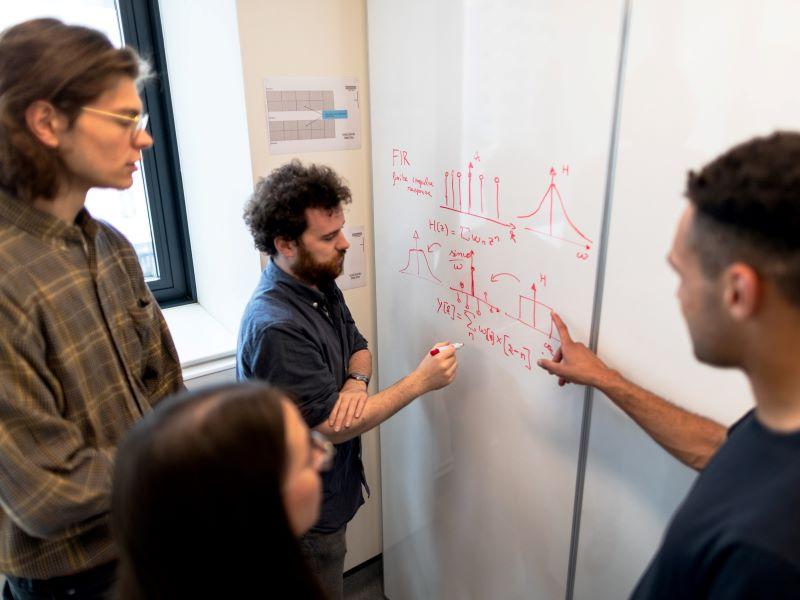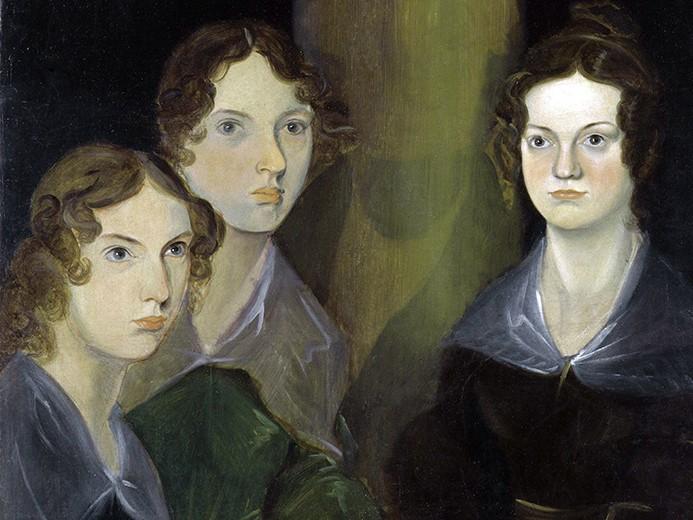Those working in the creative industries are probably more vulnerable to criticism than people in any other sector.
As architects of our own ideas, when our work faces criticism from tutors, clients or peers, it’s always a bitter pill to swallow – no matter how experienced we are. Our concepts, ideas and actions belong to us, so it’s hard not to take any criticism personally, and not to feel insulted by comments that are only meant to improve and refine our development.
As educators, we are well placed to offer advice to learners about managing criticism, having been through the process ourselves many times in the past in our training and development.
Educators should be able to coach the student along their learning journey, setting them challenges to develop their skills. We offer praise for good practice and pick them up and dust them off when they fall…so that they can go again with our support.
- Spotlight: Designing assessments to support deeper learning
- In praise of the ‘watch party’ – an update to the flipped learning model
- Forget the tech – in the new normal, let’s focus on human beings
Unlike accountancy or law, for example, creativity has no right or wrong. The “best” solution could be anywhere along the spectrum of possibilities. It’s an exciting thought that numerous solutions to a problem could exist along that sliding scale – and it is this fact that makes praising and criticising creativity so fascinatingly variable.
One area, however, that is open to scrutiny and attention to detail is that of production, execution and presentation of work, all of which, if not carried out well, can often leave a great concept appearing unfulfilled.
Check in early and regularly
As creatives, we often work in isolation, without the luxury of a sounding board to gauge how our work is developing. For educators, this is where establishing regular contact in tutorials is so important.
Reaching out and speaking to students as early as possible allows the tutor to familiarise themselves with the project; during key stages in the design process, it enables a mentoring dialogue to develop. By contrast, little or sporadic contact with the tutor might mean that concepts with potential are lost to the wastepaper bin.
Regular checks on project progress are vital and group critiques are invaluable; the student will get the honest opinion of their peer group, and it opens up a wider conversation about the pros and cons of various concepts. Other learners will also benefit as they can evaluate how their work compares with the group as a whole.
Challenge the learner but don’t make it personal
Feedback should never be a personal attack on the person; it is a critical overview of the work and process, and the comments and advice given are usually from experienced professional designers, who have probably made those same errors in their own careers.
However, as educators, our role is also to challenge the learner, to question and probe an issue, to get them to articulate their ideas and to take the learner away from their comfort zone. It is important for learners to understand that it’s acceptable to fail or make errors while training, as these are the building blocks to achievement. Also, learners should be encouraged to be bold and take risks in design, as they will become the “new wave” and shape the way graphic design will look in the years ahead.
If we are in the uncomfortable position of not being able to find many positives in a student’s submission, we might ask questions such as: “How do you think the project went?” and “If you could do it again, would you do anything differently?” This can open up a dialogue that puts the onus on the student to be reflective and self-critical of their own work. Hopefully, the learner will be honest and transparent, and the door will be open for the tutor to identify the flaws.
During this dialogue, the tutor has the opportunity to praise good practice in both creativity and execution or “sugar the pill”. Often called a “criticism sandwich”, this method starts the critique with positive points, continues with an explanation of what doesn’t work (and why) and how it could be remedied, and ends on a positive comment to feed forward to the next meeting.
Consider the learner’s state of mind
How criticism is received can vary according to the mood and mindset of the recipient. Often, we are unaware of the trials and tribulations the learner is enduring in their personal life. Their working environment and facilities might not be conducive to being productive, or they might have other responsibilities, such as work commitments or caring for young or elderly relatives.
Therefore, some responsibility for ensuring that the tone of the meeting is positive must lie with the tutor. The tutor should also ensure that if there is a problem with the student’s work, it can be resolved without too much stress.
Be aware of the learner’s total workload
It is quite common for creative people to work irregular hours. Some are at the pinnacle of their creativity at the break of dawn or late at night, often outside regular nine-to-five office hours. The need to fund a degree course often means that students have to hold down a job within these time frames, and they also need to be creative for their university course on either side of that structure. This whole scenario can test learners’ patience with feedback from their tutor. In the wrong tone of voice, it can often be the straw that breaks the camel’s back.
When students are working to fund their education, the brain is often frazzled and the body is exhausted. There is no time to relax and recharge at the end of the day before getting back on the treadmill and repeating day after day. This is where the learner should be allowed to tailor their educational journey and, where possible, be offered flexibility with learning programmes.
Use the right vocabulary
It is important that, from the outset, educators assist learners by familiarising them with the adjectives and professional terms used in evaluating their work, and for them to be a part of that critique in a self-assessment format.
As universities, the fact of the matter is that the students are our customers, our funding source. Without them, we wouldn’t exist. Therefore, we must consider the well-being of every learner. It should be our duty to ensure that we give them every opportunity to discover their inner self, their creative self and to not only achieve but also to enjoy their education and feel a sense of belonging.
John Hitchings is a lecturer in graphic design at Arden University.




comment